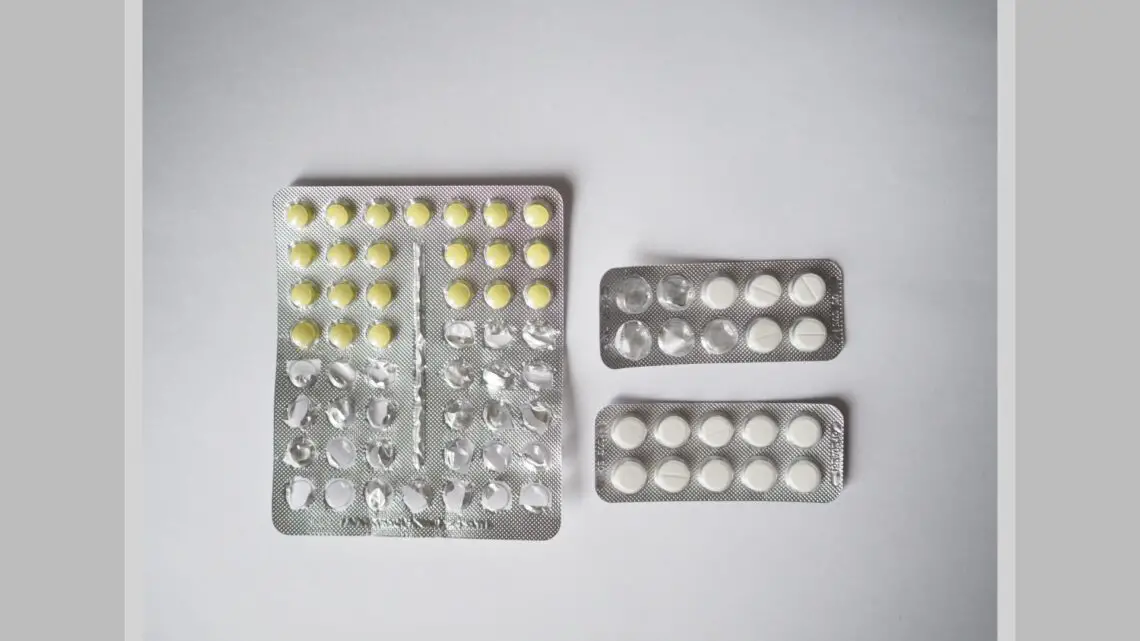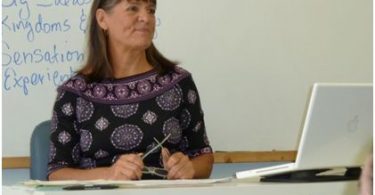Lets us recap a bit over the last few aphorisms where Hahnemann began to explain the classification of disease manifestation from the homeopathic perspective. We have a ready chart depicting this. Almost every student of Organon in India is expected to study it, whether they understand its clinical significance or not. We will upload a slide on ‘Disease Classification’ sometime in the future.
Hahnemann has so far concentrated on differentiating in some detail:
Acute Disease which is expressed in 3 forms (Aph 73):
1. Individual or acute exacerbation of latent psora: which responds to an acutely indicated palliative remedy but requires to be followed up with the indicated chronic/constitutional/anti-miasmatic remedy; e.g.: recurrent fevers, recurrent asthmatic attacks, recurrent middle ear infections, etc
2. Acute Sporadic Disease: an expression of individual susceptibility to external influences, environment or infective agents; e.g.: conjunctivitis, typhoid, respiratory tract infections, etc. It requires the acute intercurrent remedy. The chronic remedy is often not adequate to tide over the acute expression. The symptom totality of a specific diagnosis may suggest the presence of acute miasm.
3. Acute Epidemic Disease: affects a large number of people at the same time, requiring the acute genus epidemic remedy in most instances. Acute miasmas are most often the cause of this disease expression; e.g. non-immunizing: cholera, plague, diphtheria; fixed/immunizing: measles, small pox, rubella, etc.
Further, Hahnemann began to explain about chronic disease that was drug induced (Aph 74). This today is commonly understood as Drug Miasm. This must be differentiated from NATURAL disease (Aph 76), which is true expression of Chronic Disease. Twelve years of study into the various manifestations of chronic disease led Hahnemann to derive the theory of Chronic Diseases which is based on the expression of fundamental miasm, both inherited and acquired.
“Homeopathy is placebo treatment”. The famous Lancet editorial based on the Meta-analysis by Shang et al, resounds around the world today perpetuated by detractors with vested interests. I recently read an article in a local newspaper that goes so far as to say the effect of placebos, as remedies of homeopathy probably are, cause the release of endorphins in the brain that give that “feel good” factor and could probably explain some of the success it has!
This was no better in Hahnemann’s day. The medical establishment of that time sought to explain that the cures that homeopaths were able to effect were due to diet, regimen and hygiene corrections that they taught their patients. In Materia Medica Pura, Hahnemann strongly condemns attempts to nullify the true curative value of homeopathic medicines. Aphorism 77 is a clear attempt to completely separate those cases of apparent disease expression that could improve from good diet, regimen and hygiene, from those that were due to fundamental chronic miasms present that affected the harmonious functioning of the vital force. The apparent disease expression has been termed PSEUDOCHRONIC DISEASES.
He says,
Those diseases are inappropriately named chronic, which persons incur who expose themselves continually to avoidable noxious influences, who are in the habit of indulging in injurious liquors or aliments, are addicted to dissipation of many kinds which undermine the health, who undergo prolonged abstinence from things that are necessary for the support of life, who reside in unhealthy localities, especially marshy districts, who are housed in cellars or other confined dwellings, who are deprived of exercise or of open air, who ruin their health by overexertion of body or mind, who live in a constant state of worry, etc. These states of ill-health, which persons bring upon themselves, disappear spontaneously, provided no chronic miasm lurks in the body, under an improved mode of living, and they cannot be called chronic diseases.
He lists the various predisposing conditions to the development of PSEUDOCHONIC DISEASE. We would do well to recognize this and take precautionary or remedial measures in our patients first rather then just begin with looking for a remedy. We need to be aware if we’re simply treating indisposition, or real disease. In other instances, patients may require that they be removed from the injurious environment before any treatment is to begin.
Who are these people who may be harboring indisposition that will remedy itself when the offending agent is removed? Who are these people who need to first make changes in lifestyle and habits before serious homeopathic treatment is begun? Hahnemann has listed them in this Aphorism and they aren’t very much different today:
1. Those continuously exposed to toxic influences that could be avoided. Often these include occupational hazards like working in smoking areas/bars, in industrially polluted areas, in chemical factories producing toxic products, nuclear power reactors, etc.
2. Those who continue to take alcohol and medicinal preparations which are already showing their damaging effect on health, or continue with their use of narcotic drugs however mild, etc. as a routine without realizing the long term damaging effects they could have.
3. Those who abstain from balanced diets and eat just few and selected foods. Or others get onto extreme diet protocols. Some people are too poor to afford balanced diets, and simply eat what they have in their back garden (most common in rural India). Malnourishment is a major problem in many areas of the world.
4. Those that live in marshy areas, small closed and confined houses that do not have adequate ventilation. This is so very common in large cities where land and housing is a premium. People live in shanty towns and slums where ventilation, sanitation and space are severely limited.
5. Those who do not get adequate exercise and exposure to open air and sunshine. Couch potatoes, busy executives, etc.
6. Those who are living a life so stressed and over working with 2 -3 different part-time jobs, and too much of either physical or mental work and hence are moving towards the “burn out” syndrome.
7. Those who continue to drive themselves with constant worry and anxiety.
These are all conditions that give rise to pseudochronic symptoms that could easily disappear once the lifestyle is regularized with enough of rest and exercise, bad habits curtailed and they eat fresh food in a balanced diet. As homeopaths, it is important that we investigate the lifestyle of our patients, find out what may be contributing to symptoms and suggest appropriate changes where necessary before expecting an indicated remedy to work. Has this approach gone out of fashion among homeopaths? We find that people are becoming more aware of what they need to do in this regard.






Thank you for this article. It really makes Aph. 77 more meaningful for the purpose of our practices. Don’t you think that the vast majority of people (at least in N. America) present with both miasmatic and “pseudochronic” disease? In that case, would you still attempt to have the person regularize their lifestyle first or would the suitable anti-miasmatic remedy tend to help the person move toward a healthier lifestyle? My experience is that generally speaking people are quite resistant to being told how to live their lives.
Hi Hannah,
I agree.
I think the first its important to identify lifestyle problems. That usually take a little time, when we find that the indicaed remedy may not be doing much.
Once we educate the patient and make them aware of how they are causing their own problems, a motivated patient will usually being to make small changes over time. We could offer suggestions if asked.
Today, yes, people will not be told what to do.
warm regards,
dr. leela
Its good to have all this-Lectures on Organon. But are very limited-I mean out of 291 Aphorisms only few are explained, so please expand upto complete-291. Should start in proper order and complete. Regards.
Thank you for your interest Mirza Baig. Its heartening to know that this work is appreciated. I know I would have appreciated it over 20 years ago when I was studying them!
I will completing my MSc dissertation work this month (Jun 2010) and promise to continue from where I left off from the July issue of the Ezine onwards.
dr. leela
What is maintaining cause please explain